Google Maps gives the world an opportunity to see how far the people of Tohoku have come since a 9.0 magnitude earthquake and tsunami turned their lives upside-down.
2011 Tohoku Earthquake (Page 2)
Yukio Ota is a legendary graphic designer in Japan. As the creator of the green “running man” pictogram that features on the nation’s emergency exit signs which have since spread to Europe, Canada and the Asia-Pacific, Ota is a frontrunner when it comes to developing images that convey a thousand words.
Now the designer of the exit sign is making headlines for his long-term project that aims to have the world using a universal language by 2065. Called the Lovers’ Communication System, or LoCoS, the standardised system based on pictographs has the power to overcome language barriers and revolutionise the world of communication as we know it.
Although we explored public restrooms the world over in a previous article, we left out the fact that many refugees, natural disaster survivors, and other displaced people have no access to the modern plumbing many of us take for granted. For those living in areas where public toilets are unavailable, a trip to the bathroom is at best a chore, and at worst a major sanitary concern.
Luckily technological advances are being made in order to help remedy these problems, and so far 2015 has been a promising year in that regard. UK researchers and volunteers were able to successfully create an urine-powered outhouse, while over in Japan a high school girls’ volunteer club recently came up with a new economic and hygienic portable toilet option.
Against much public backlash, two reactors at a nuclear power plant in Sendai are scheduled to be restarted. These will be the first to restart operations after all the country’s nuclear plants were shut down indefinitely following the meltdown at the Fukushima Daiichi plant in 2011.
According to Japanese scientists, Japan might be in for another big one.
Dr. Masaaki Kimura, a seismologist who reportedly predicted the 2011 Tohoku Earthquake, recently appeared on Japanese TV to share his theory about the next major earthquake to strike Japan. Based on his estimates, the quake will occur by 2017 and will be of similar magnitude to 2011’s. Similarly, astronomer Yoshio Kushida continues to insist that a big quake is not too far away. Keep reading to find out more about their respective theories and which specific areas of Japan they’ve got on the radar.
Japan is no stranger to natural disasters, and the world rose up in support after the devastating earthquake and tsunami in 2011 left thousands dead and millions homeless. Now it’s time for Japanese people to repay that kindness by supporting one of their greatest benefactors through their own period of crisis.
Japan probably has the world’s largest and most bizarre selection of Kit Kat flavours on offer, but this latest release is about more than just tickling your tastebuds. Nestle Japan is offering a specially-packaged version of their classic biscuit to help recovery in areas destroyed by the devastating tsunami of March 2011.
Japanese aerial photography company HEXaMedia flew a drone equipped with cameras through Tomioka, Japan, the largely abandoned town that played host to the Fukushima nuclear meltdown.
It edited together a number of spooky shots into a 7-minute video that you can watch here. Check out the most stunning shots in the gallery below.
A small boat thought to have journeyed across the Pacific Ocean from Japan after the March 2011 tsunami has washed up in Washington this week. The boat, which is encrusted with unusual-looking barnacles, is believed to have travelled an incredible 6,500 kilometres (4,559 miles) across the ocean in the three years since the tsunami and earthquake disaster struck east Japan.
State officials are checking the boat, which drifted ashore in Ocean Shores on Monday, to confirm its origin. It’s the second boat to wash ashore in Washington state in two weeks.
In light of emergency vehicles being unable to reach victims of the 2011 Tohoku earthquake and tsunami, the Tokyo Metropolitan Police Department has announced the addition of 10 off-road bikes to their force.
In tribute of the third anniversary of the Tohoku Earthquake on 11 March, Yahoo! Japan held a charity drive pledging 10 yen (US$0.10) for every person who entered “3.11” into their search engine.
Relying on the data that Japan’s most used search engine was privy to, they hypothesized that a maximum of 5 million yen ($48,000) from 500,000 unique IP addresses would be generated and set a limit at that amount. Boy, were they wrong.
Tokyu Corporation, which runs train lines in the Tokyo Area, announced earlier that at around 2:44 p.m. today all of its trains would stop as part of a training drill to simulate the emergency situation that occurred three years ago today in much of Eastern Japan. It also announced on Twitter that Tokyo’s subway lines run by Toei and Tokyo Metro would stop at this time out of respect for those who suffered during the Great Tohoku Earthquake of 2011.
Japan sure knows how to say thanks in a unique way! Super Sentai (not to be confused with hentai!) were on hand to save the day in Taiwan by rescuing an area from rubbish, in a street-cleaning event that began as a way of showing gratitude for Taiwan’s contributions to the Tohoku disaster relief effort. And what expresses those feelings better than people running around in flashy skin-tight suits?
‘I wonder if you’ll have a grandchild when you get this letter?’ These are the words written by a woman 10 years ago, before she lost her life in the March 2011 tsunami. Her mother and father were shocked to find the letter containing them arrive in the mail this January. While there was no Hollywood movie ending where their beloved daughter turned up alive and well, the letter has at least given them a chance to hear some of the things she never had the chance to tell them in life.
On 11 March, 2011 Hiroki Takai was studying at a university in Vancouver. Instead of feeling helpless at the steadily flowing images of destruction in the media following the Tohoku Earthquake and tsunami, he quickly took action and gathered other Japanese students to raise money for their homeland. Thanks to the students’ efforts and the generosity of the people of Vancouver the “Japan Love Project” managed to raise CAN$320,000 (US$288,000) in aid.
Now, with the 3-year anniversary of the Great Tohoku Earthquake approaching, Takai wanted to pay the kindness of the Canadians back. As a part of the International Volunteer University Student Association (IVUSA) he asked for a team to travel to the West coast of Canada to help clean up the still-increasing driftage that is washing up on its shores. Headed by fourth-year Ritsumeikan University student Yusuke Oike, a crew of 70 students answered the call.
A grisly truth is coming to light as Japan’s Tohoku region recovers from the massive earthquake and tsunami that occurred in 2011. When the water receded from damaged areas, it took much of what had been struck, including the bodies of victims.
Nearly three years have passed since the disaster, but there are still residents of the afflicted area classified as missing. As the country moves on and begins to turn its focus to more pressing matters, one 57-year-old man seeking closure has decided to venture into the sea that claimed his wife to personally search for her remains.
The Pokémon with YOU Train is a collaboration between JR East and Pokémon that’s been bringing smiles to the faces of kids affected by the 2011 Tōhoku earthquake and tsunami, and this week it made a special appearance in Chiba!
We’re not kids any more, but having seen how awesome it is, we really wish we could take a ride on this thing!!
Although it has been more than two and a half years since the devastating earthquake and tsunami struck northeastern Japan, much of the area is still in need of disaster aid for the recovery efforts. But before you look around your house for items to donate, take a look at what volunteer groups, local governments and aid recipients themselves would rather you keep at home. And you might be very surprised to what else Twitter users have deemed the most “unnecessary things at a disaster zone.”
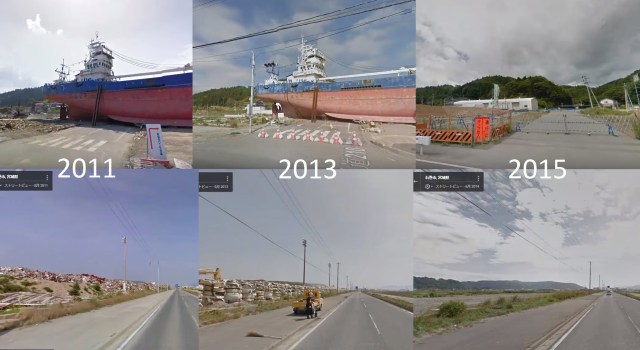
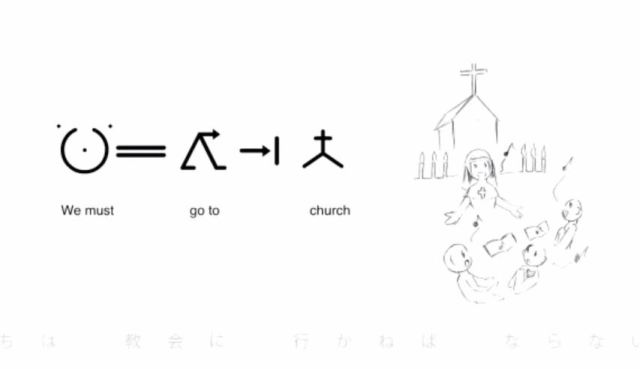

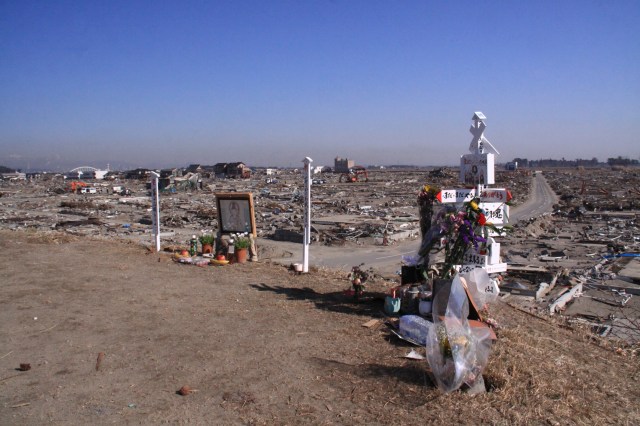
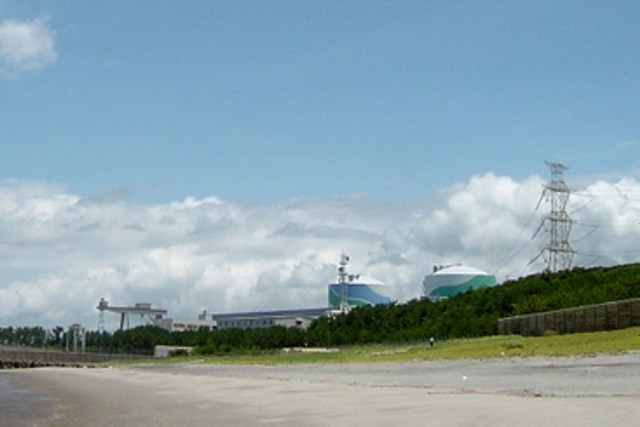
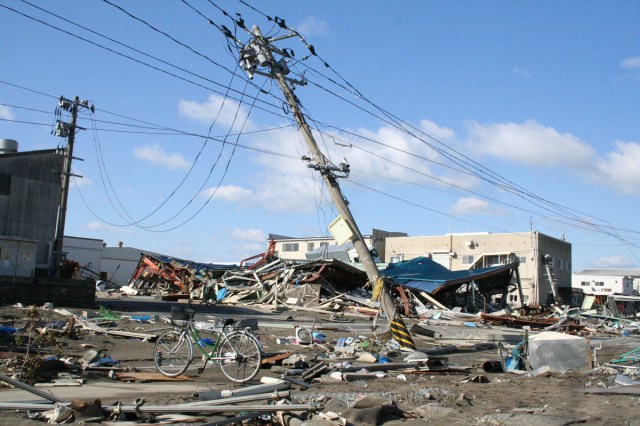
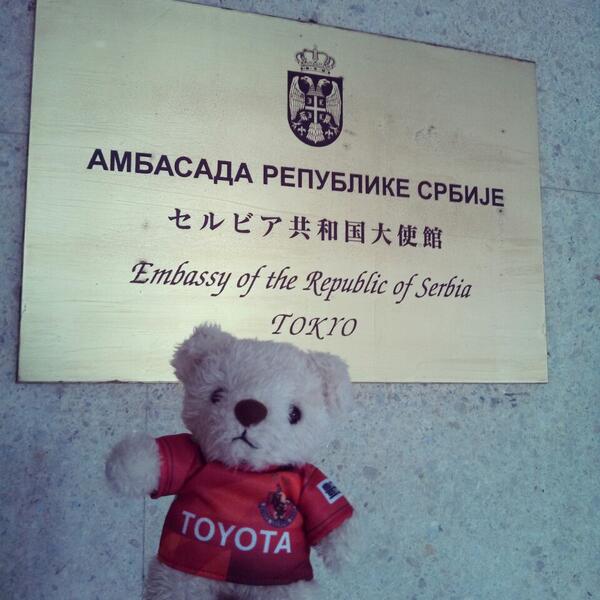

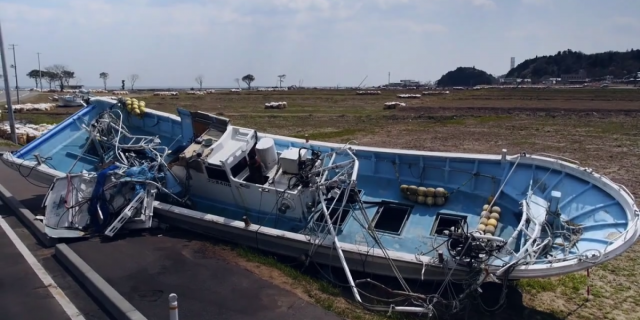
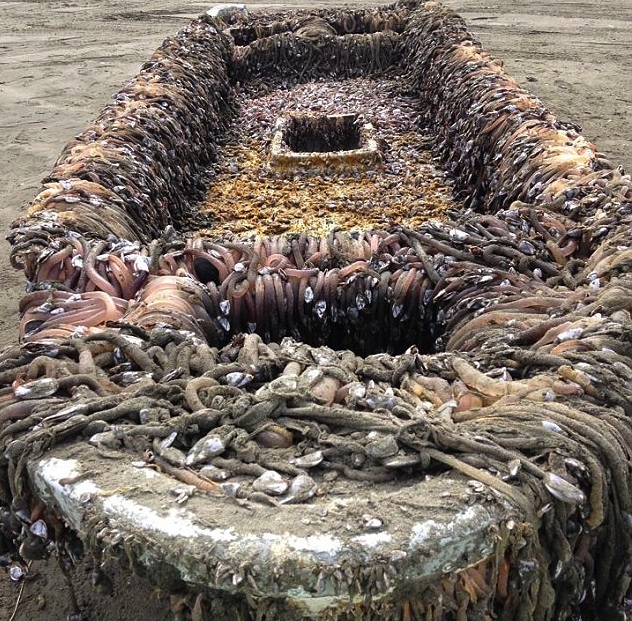
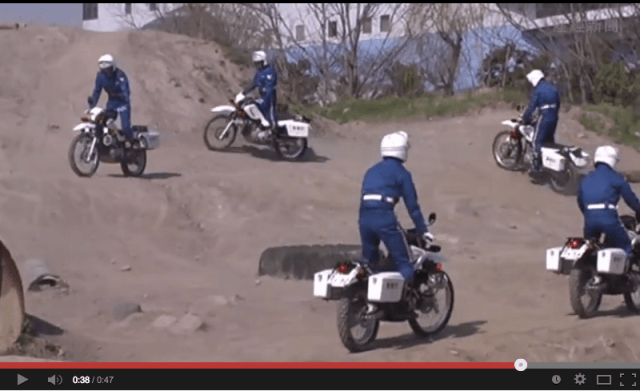
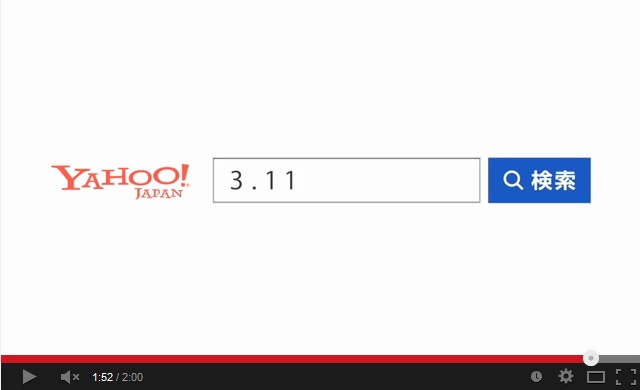
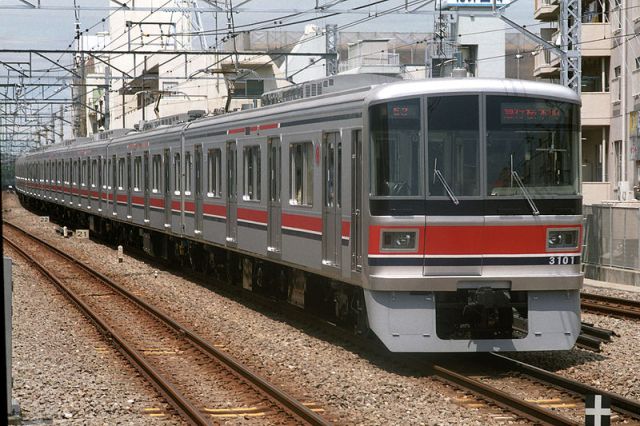
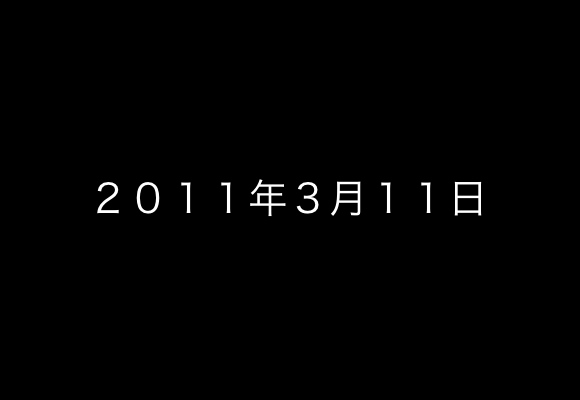
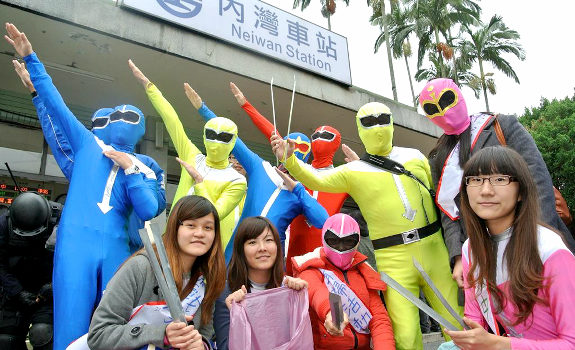
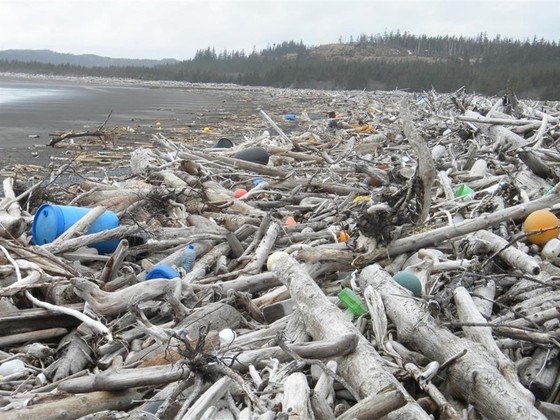

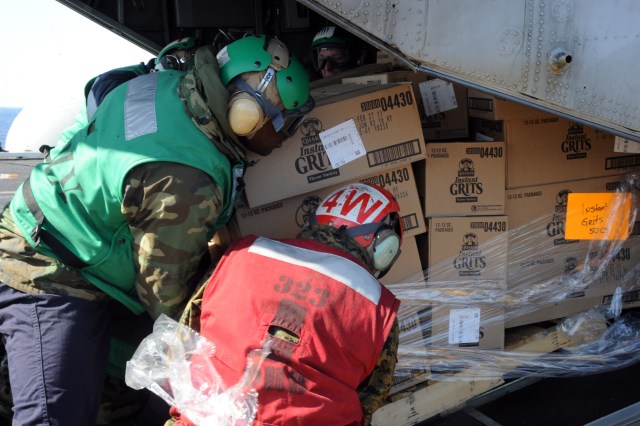
 7 great places to see Mt. Fuji from without having to climb it
7 great places to see Mt. Fuji from without having to climb it We found possibly the quietest Japanese-style hotel in Tokyo’s bustling Shinjuku district
We found possibly the quietest Japanese-style hotel in Tokyo’s bustling Shinjuku district Hello Kitty Choco Egg figures are an adorable trip through three periods of Japanese pop culture【Pics】
Hello Kitty Choco Egg figures are an adorable trip through three periods of Japanese pop culture【Pics】 National Geographic names Yamagata Prefecture on its “Best of the World 2026” travel destinations
National Geographic names Yamagata Prefecture on its “Best of the World 2026” travel destinations Japan’s otoshidama tradition of giving kids money at New Year’s gets a social welfare upgrade
Japan’s otoshidama tradition of giving kids money at New Year’s gets a social welfare upgrade We dare Tokyo’s pigeons to crap on us because we think it’ll make us rich【Experiment】
We dare Tokyo’s pigeons to crap on us because we think it’ll make us rich【Experiment】 Japan Railways now has giant robots performing maintenance work via VR-goggled operators
Japan Railways now has giant robots performing maintenance work via VR-goggled operators New Japanese Kit Kat flavour on its way, as finalists from international voting announced
New Japanese Kit Kat flavour on its way, as finalists from international voting announced Japan’s letter-from-little-sister capsule toys become even more disturbing with new content
Japan’s letter-from-little-sister capsule toys become even more disturbing with new content Smell like a Demon Slayer (or a Demon) with new line of Kimetsu no Yaiba fragrances
Smell like a Demon Slayer (or a Demon) with new line of Kimetsu no Yaiba fragrances Starbucks Japan ready to get Year of the Horse started with adorable drinkware and plushies【Pics】
Starbucks Japan ready to get Year of the Horse started with adorable drinkware and plushies【Pics】 Lacquerware supplier to emperor of Japan and Pokémon team up for new tableware
Lacquerware supplier to emperor of Japan and Pokémon team up for new tableware Japan may add Japanese language proficiency, lifestyle classes to permanent foreign resident requirements
Japan may add Japanese language proficiency, lifestyle classes to permanent foreign resident requirements 7-Eleven Japan’s ramen-cooking robot whipped us up a bowl of noodles【Taste test】
7-Eleven Japan’s ramen-cooking robot whipped us up a bowl of noodles【Taste test】 Cyberpunk anime meets traditional culture in Ghost in the Shell gold leaf Japanese changing screens
Cyberpunk anime meets traditional culture in Ghost in the Shell gold leaf Japanese changing screens Disillusionment at Tsukiji’s tourist-target prices led us to a great ramen restaurant in Tokyo
Disillusionment at Tsukiji’s tourist-target prices led us to a great ramen restaurant in Tokyo Starbucks Japan releases new zodiac chilled cup drink for 2026
Starbucks Japan releases new zodiac chilled cup drink for 2026 7-Eleven Japan starts new temporary luggage storage service in over 300 branches
7-Eleven Japan starts new temporary luggage storage service in over 300 branches Starbucks teams up with 166-year-old Kyoto doll maker for Year of the Horse decorations【Photos】
Starbucks teams up with 166-year-old Kyoto doll maker for Year of the Horse decorations【Photos】 Tokyo considering law requiring more trash cans following litter increase in heavily touristed area
Tokyo considering law requiring more trash cans following litter increase in heavily touristed area Tokyo’s Tsukiji sushi neighborhood asks tour groups to stay away for the rest of the month
Tokyo’s Tsukiji sushi neighborhood asks tour groups to stay away for the rest of the month Nintendo’s Kirby now delivering orders at Kura Sushi restaurants, but not in Japan
Nintendo’s Kirby now delivering orders at Kura Sushi restaurants, but not in Japan Tokyo event lets you travel back in time, for free, to celebrate 100 years since Showa era start
Tokyo event lets you travel back in time, for free, to celebrate 100 years since Showa era start Sanrio theme park in Japan announces plans to expand into a Sanrio resort
Sanrio theme park in Japan announces plans to expand into a Sanrio resort Stamina-destroying “Paralysis Noodles” are Tokyo’s newest over-the-top ramen innovation
Stamina-destroying “Paralysis Noodles” are Tokyo’s newest over-the-top ramen innovation Survey asks foreign tourists what bothered them in Japan, more than half gave same answer
Survey asks foreign tourists what bothered them in Japan, more than half gave same answer Japan’s human washing machines will go on sale to general public, demos to be held in Tokyo
Japan’s human washing machines will go on sale to general public, demos to be held in Tokyo Japan’s deadliest food claims more victims, but why do people keep eating it for New Year’s?
Japan’s deadliest food claims more victims, but why do people keep eating it for New Year’s? We deeply regret going into this tunnel on our walk in the mountains of Japan
We deeply regret going into this tunnel on our walk in the mountains of Japan Studio Ghibli releases Kodama forest spirits from Princess Mononoke to light up your home
Studio Ghibli releases Kodama forest spirits from Princess Mononoke to light up your home Major Japanese hotel chain says reservations via overseas booking sites may not be valid
Major Japanese hotel chain says reservations via overseas booking sites may not be valid Put sesame oil in your coffee? Japanese maker says it’s the best way to start your day【Taste test】
Put sesame oil in your coffee? Japanese maker says it’s the best way to start your day【Taste test】 No more using real katana for tourism activities, Japan’s National Police Agency says
No more using real katana for tourism activities, Japan’s National Police Agency says Starbucks Japan reveals new sakura drinkware collection, inspired by evening cherry blossoms
Starbucks Japan reveals new sakura drinkware collection, inspired by evening cherry blossoms Updated cherry blossom forecast shows extra-long sakura season for Japan this year
Updated cherry blossom forecast shows extra-long sakura season for Japan this year We dare Tokyo’s pigeons to crap on us because we think it’ll make us rich【Experiment】
We dare Tokyo’s pigeons to crap on us because we think it’ll make us rich【Experiment】 Japan Railways now has giant robots performing maintenance work via VR-goggled operators
Japan Railways now has giant robots performing maintenance work via VR-goggled operators New Japanese Kit Kat flavour on its way, as finalists from international voting announced
New Japanese Kit Kat flavour on its way, as finalists from international voting announced Japan’s letter-from-little-sister capsule toys become even more disturbing with new content
Japan’s letter-from-little-sister capsule toys become even more disturbing with new content Smell like a Demon Slayer (or a Demon) with new line of Kimetsu no Yaiba fragrances
Smell like a Demon Slayer (or a Demon) with new line of Kimetsu no Yaiba fragrances Japanese manhole covers become a hit with foreign tourists in off-the-beaten path Tokyo area
Japanese manhole covers become a hit with foreign tourists in off-the-beaten path Tokyo area Japan’s oldest largetooth sawfish in captivity back on display in Mie Prefecture
Japan’s oldest largetooth sawfish in captivity back on display in Mie Prefecture Private open-air bath is the crowning gem at this Japanese-style hotel in Tokyo
Private open-air bath is the crowning gem at this Japanese-style hotel in Tokyo One of Japan’s rarest sweets is a sell-out hit that looks and tastes like frost
One of Japan’s rarest sweets is a sell-out hit that looks and tastes like frost More Than a Capsule Stay: Why Solo Travelers Choose “global cabin Yokohama Chinatown”
More Than a Capsule Stay: Why Solo Travelers Choose “global cabin Yokohama Chinatown” Can a dirty butthole make you filthy rich in Japan? We’re starting a New Year’s lottery experiment
Can a dirty butthole make you filthy rich in Japan? We’re starting a New Year’s lottery experiment Sumo Sanrio! Hello Kitty and pals team up with Japan Sumo Association for new merch【Pics】
Sumo Sanrio! Hello Kitty and pals team up with Japan Sumo Association for new merch【Pics】 The Japanese art of making trash containers from old papers
The Japanese art of making trash containers from old papers Station of despair: What to do if you get stuck at the end of Tokyo’s Chuo Rapid Line
Station of despair: What to do if you get stuck at the end of Tokyo’s Chuo Rapid Line